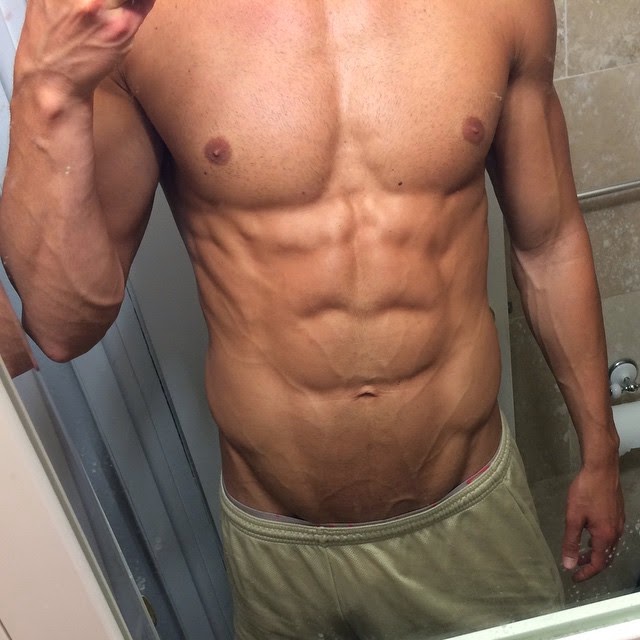There is still a lot of confusion regarding the training of the abdominal muscles and especially few have clear ideas. Of course! Each of us is done differently and what works for me is not necessarily good for you and vice versa, then do not listen to anyone who tells you "I know how you must train your abs!", Because who says so is the first not to have understood anything.
What I urge you to do is to try on your skin the different exercises and choose 3 or 4 you hear your most or those that you like the most and run with the correct technique can (which you can read below).
Among the many debates, one concerns the choice of the optimal number of repetitions. It is better to train these muscles with weights and more reps or lighter with greater loads and fewer repetitions?
Here too, the answer is "it depends on how your body reacts." If you are not trained will not recommend to start with overweight and few repetitions, if you train then a session with overweight you do it and always doing utmost attention to technique.
In conclusion, of course, neither method is inherently better than the other because both methods are based on principles physiologically correct. It may be right to alternate phases of work with a high number of repetitions (15-25 reps) to work stages at low reps but with heavier weights (6-10 reps) bearing in mind that the purpose is not to use the maximum weight but make sure that the lighter weight seems the heaviest possible contracting at maximum and maintaining the contraction during each single repetition. However, if you use the abdominal toning to prevent low back pain, you should not use overweights to train your abs, because the first is easy to make mistakes in execution, according easy overstraining their lower back.
Any exercise you want to do to run it properly are important suggestions that are valid for all exercises that tone your abs:
1-Before starting the exercise exhale (throw out) all the air you have in the lungs
2-Run the exercise, contracting your abdominal muscles, in apnea until you're back to the starting position
Inspira (throws in air), exhale and start exercising
3-Make sure that your pelvis is always in retroversion, ie forward and the lumbar curve and not in lordosis
4-Your concentration must necessarily be focused on abdominal contraction
Stop 2/2 the point of maximum contraction all times
5-Count to three outward, that is, after you've exhaled when you start exercising and count to 2 at maximum contraction and count to 6 to return.
As for the kind of exercises do you list a few, the ones I like the most, know that there are countless others that you know looking on the internet.
- Crunch on the ground or on fitball
- Reverse Crunch on the ground or on fitball
- Crunch oblique to the ground or on fitball
- Total abdominal (+ crunch reverse crunch)
- Crunch free alternate (for oblique crunch + Crunc for reverse oblique)
Finally: do not ask me "how soon will begin to look at my turtle?" Because they do not know you first, second is not toning the abs that these magically jump out. Rather ask yourself how much fat you have in front of your abs and to eliminate this fat is not the best thing to do exercises for abs, lose weight but taking care of your power your daily movement and your mind.










.jpg)












